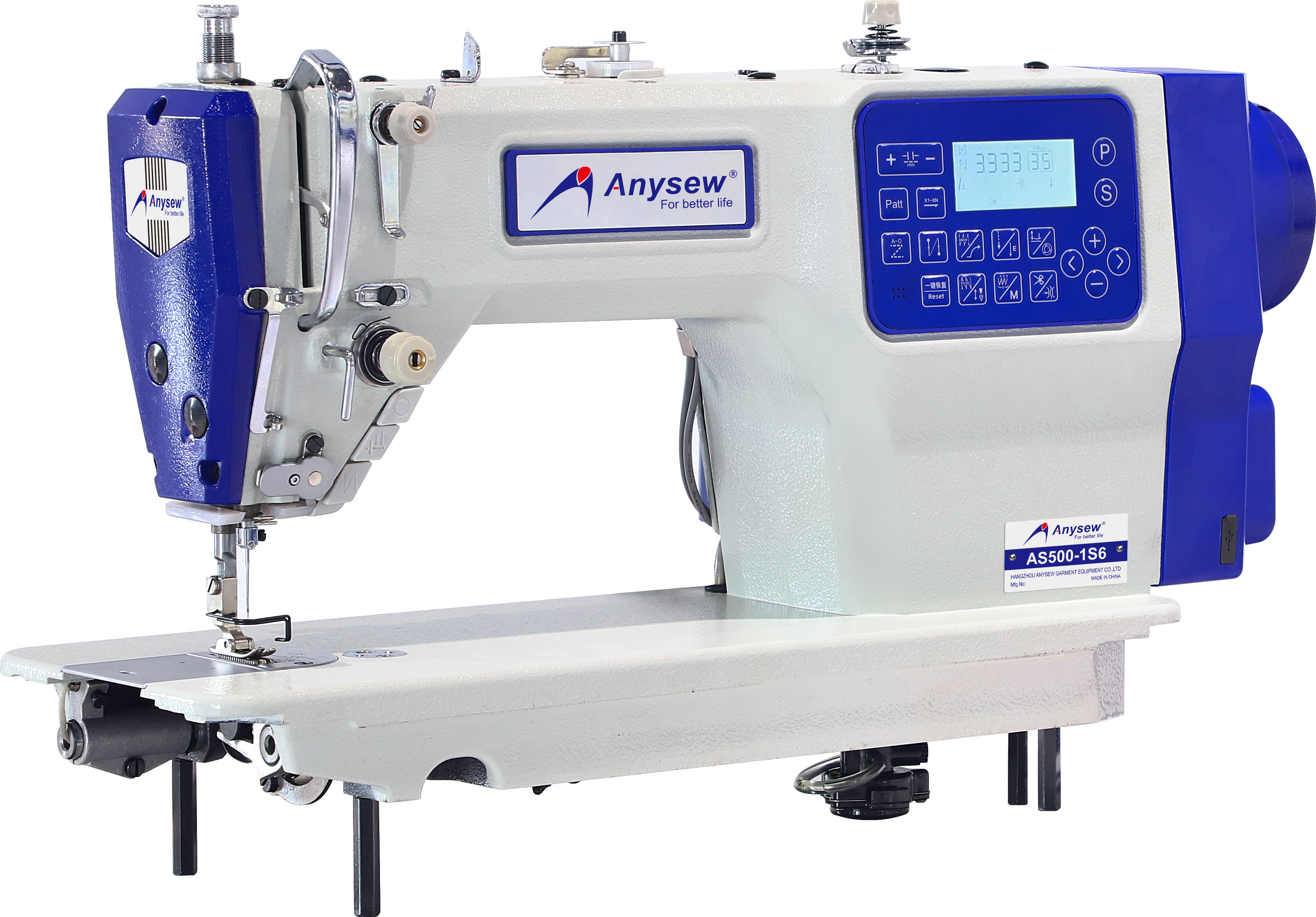cost of overlock machine
The cost of overlock machines varies significantly based on their features, brand, and intended use. Entry-level domestic overlock machines typically range from $200 to $500, offering basic functionality for home sewists. Mid-range models, priced between $500 and $1,200, provide enhanced capabilities and durability suitable for small businesses. Professional-grade industrial overlock machines can cost anywhere from $1,200 to $3,000 or more, delivering superior performance and longevity. These machines excel at creating professional seam finishes, trimming fabric edges, and simultaneously sewing multiple thread configurations. Modern overlock machines incorporate advanced features like differential feed systems, adjustable cutting widths, and automatic tension control. They can handle various fabric types, from delicate silks to heavy denims, making them versatile tools for both hobbyists and professionals. The investment in an overlock machine should consider factors such as frequency of use, types of projects, and required stitch options. While higher-priced models offer more sophisticated features and better build quality, many affordable options provide excellent value for basic overlocking needs.

